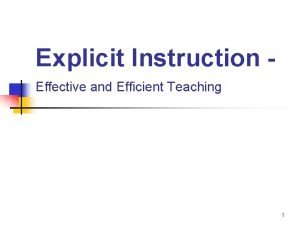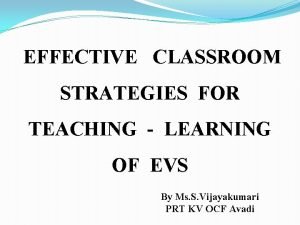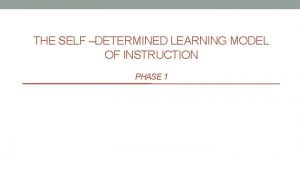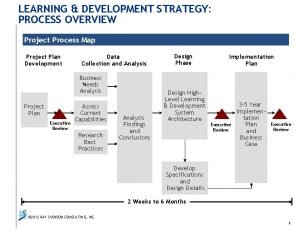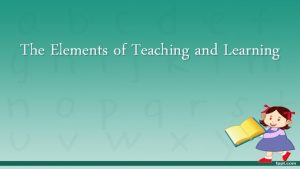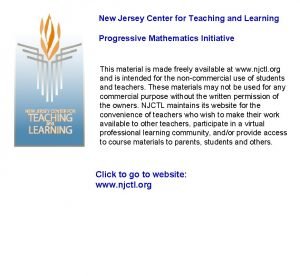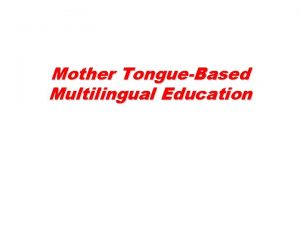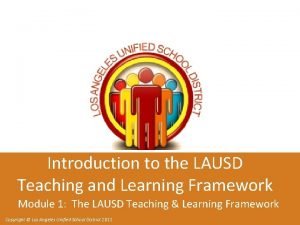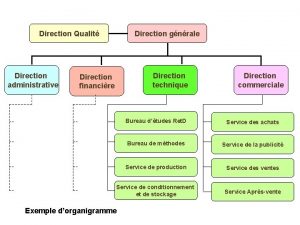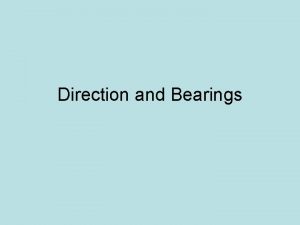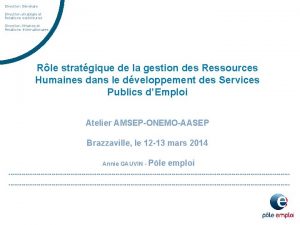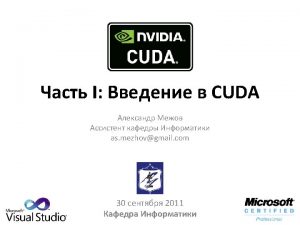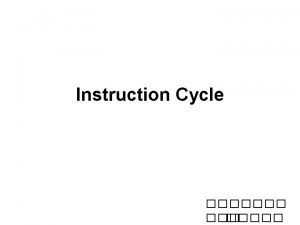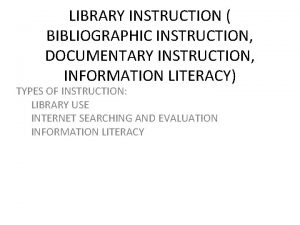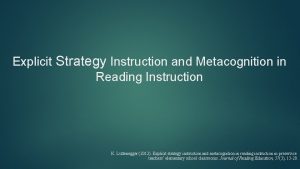Learning and Teaching Strategy Direction Instruction Teaching as














- Slides: 14

Learning and Teaching Strategy Direction Instruction

Teaching as Decision Making • When planning a lesson, teacher must identify: • Content and processes to be addressed • The strengths, needs and interests of students • Most effective instructional approaches

Effective Teaching • “Effective teaching is not a set of generic practices, but instead is a set of contextdriven decisions about teaching. ” • “Effective teachers do not use the same set of practices for every lesson … Instead what effective teachers do is constantly reflect aboutt heir work, observe whether students are learning or not, then adjust their practices accordingly. ”

Conceptual Base

• Instructional Strategies Direct Interactive Experiential • Instructional Methods • Lecture • Case Studies • Debate • Cooperative Learning • Enquiry • Group • Role Discussion Play

Instructional Strategy • Strategies determine the approaches a teacher may take to achieve learning objectives • • Direct Interactive Experiential Independent

Instructional Methods I • Direction Instructions • • • Lectures Explanation and Demonstrations Guest Speakers Guided Readings Didactic Questions Structured Overview

Strengths • • • Conveys large amounts of information Provides detailed information on concepts Involves step-by-step instruction for skill acquisition Teacher decides what will be taught: highly teacher directed Easier to plan and use

Fitness for purpose • • Time Physical Environment Class size Cost Content knowledge Learning materials Teaching style / teacher background Learning style / student background

Key to success • If the presenter is: • Knowledgeable, perceptive, engaging and motivation üThen direction instruction can : • • Stimulate reflection Challenge the imagination Enhance curiosity Develop a sense of inquiry

Limitations • • • Emphasizes Listening Student: passive Requires an attentive audience Get little feedback from students Difficult to develop higher-order thinking

Appropriateness • • • Fundamental Theory / Rules Historical Events (Timeline) Biographies of Religious Figures Large amount of information (Table form) Declaration Law and Ordinance

Suggested topic • Theory of Conduct • Lecture: The definition of the Act. Utilitarianism and Rule-Utilitarianism • Development of Buddhism in India • Guest speaker • History between the Two Testaments • Lecture + Reading materials

Thank You
 Differentiated instruction vs individualized instruction
Differentiated instruction vs individualized instruction Direct instruction strategies
Direct instruction strategies Anita archer explicit instruction
Anita archer explicit instruction Cuadro comparativo e-learning b-learning m-learning
Cuadro comparativo e-learning b-learning m-learning Evs classroom
Evs classroom Self-determined learning model of instruction
Self-determined learning model of instruction Corporate strategy vs business strategy
Corporate strategy vs business strategy Chase strategy example problem
Chase strategy example problem Phases in micro teaching
Phases in micro teaching The strategy process
The strategy process Cognitive and appetitive faculties of the learner
Cognitive and appetitive faculties of the learner New jersey center for teaching and learning
New jersey center for teaching and learning How many total squares are there
How many total squares are there The guiding principles for teaching and learning mtb-mle
The guiding principles for teaching and learning mtb-mle Lausd teaching and learning framework
Lausd teaching and learning framework


